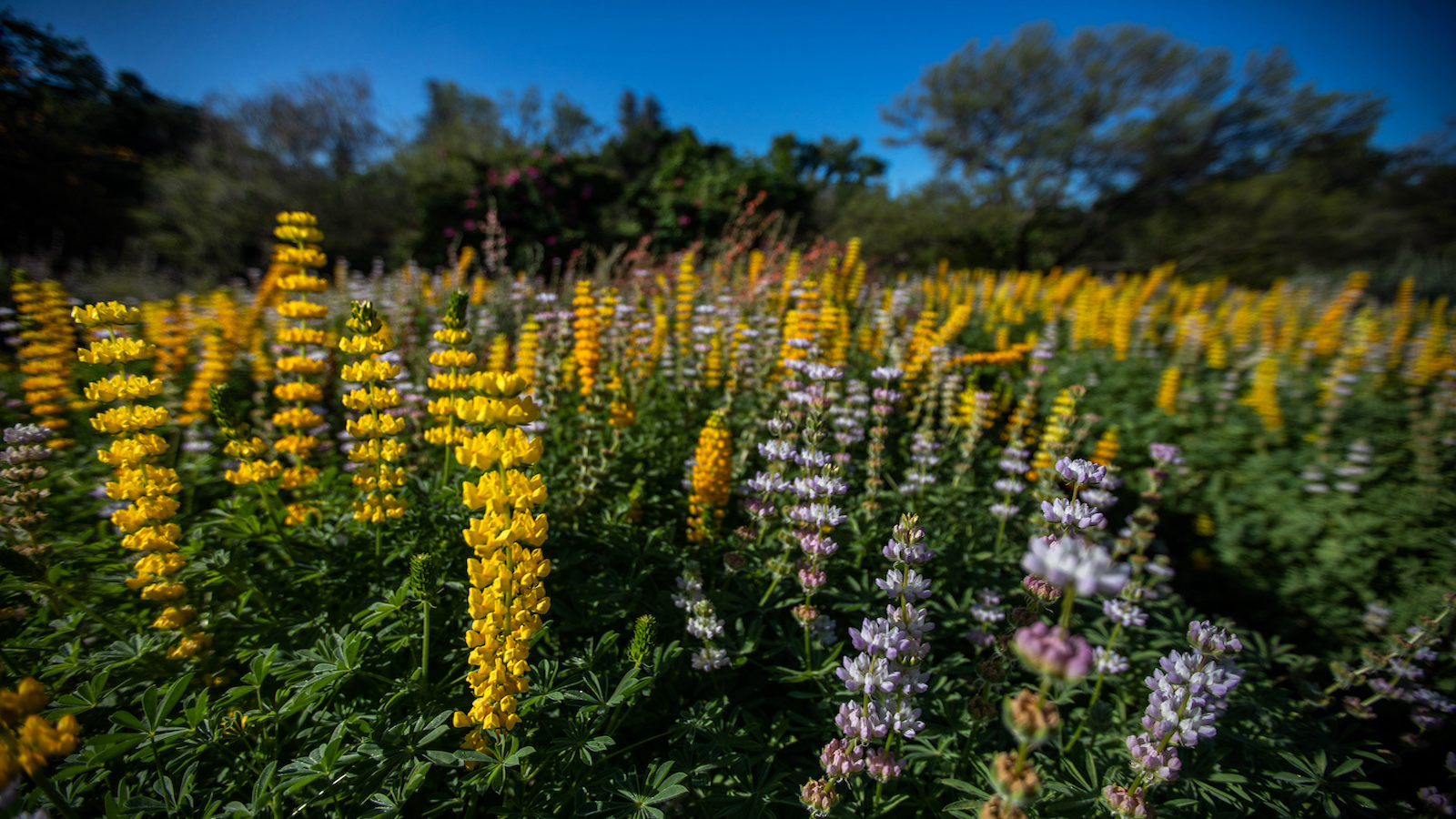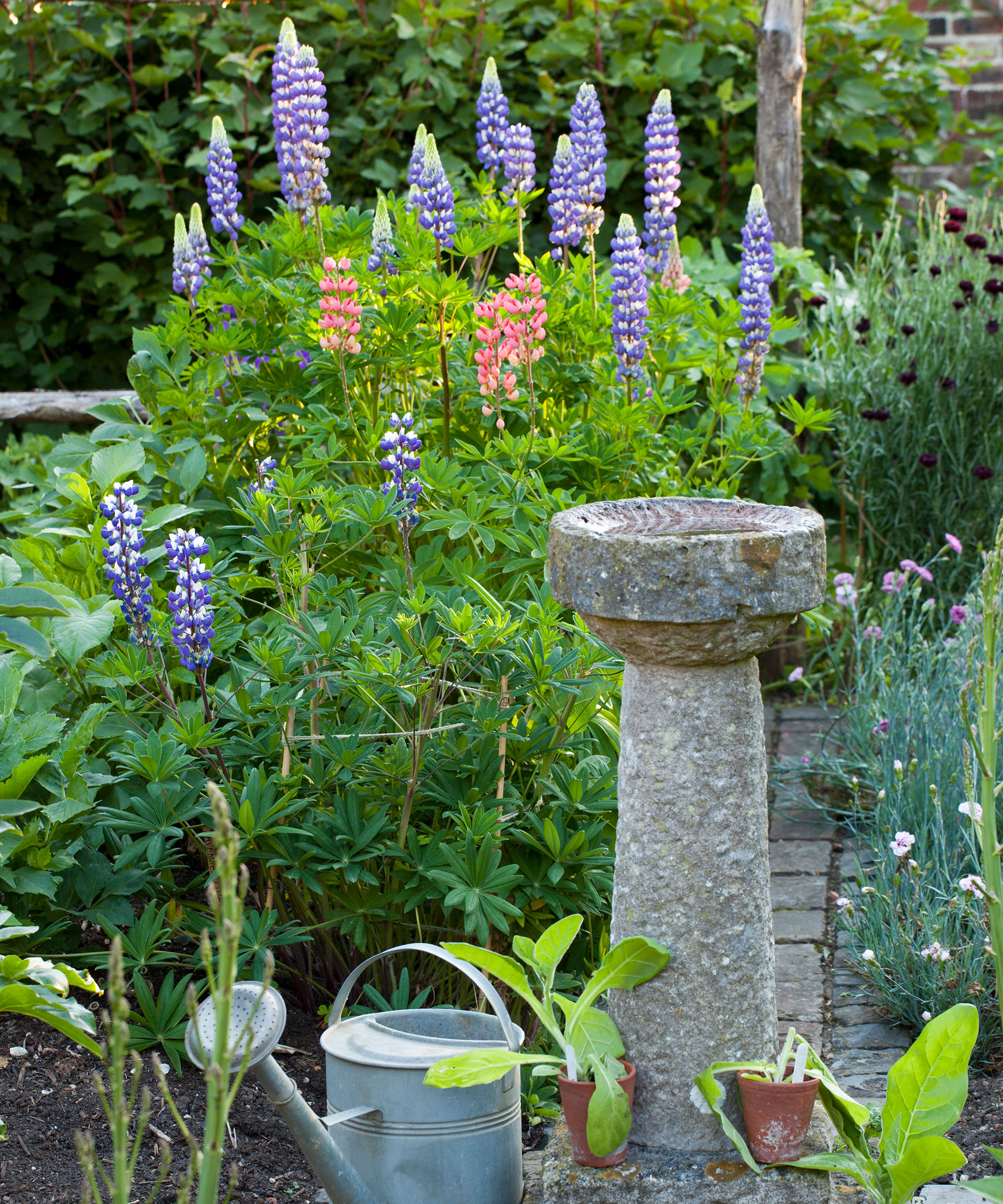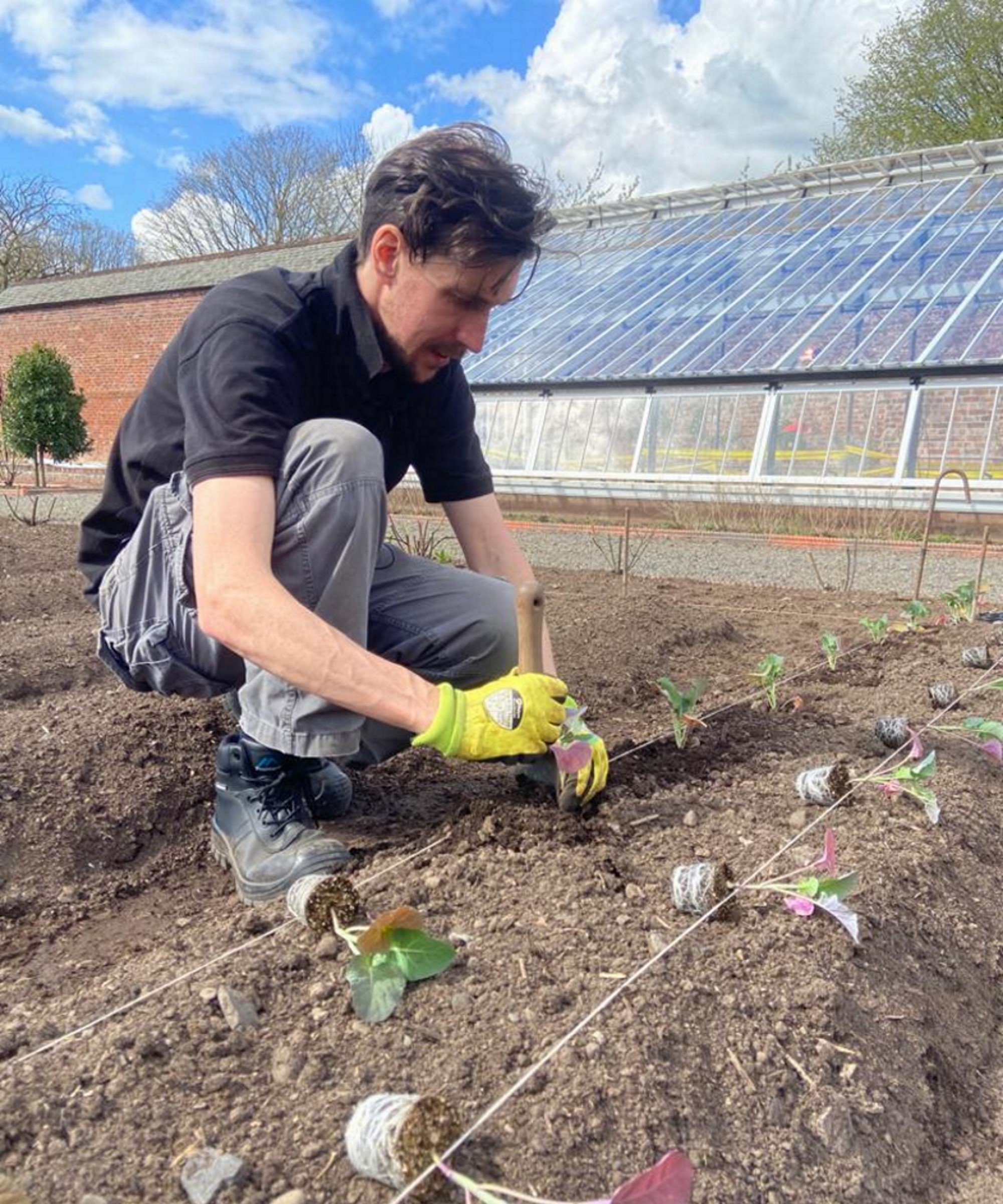How to keep lupines blooming – simple ways to encourage extra flowers
Enjoy lupine flowers for longer with these tactics recommended by gardening professionals


The colorful spikes of lupines are an eye-catching feature of the summer garden. And it’s a sight that can be prolonged if you know how to keep lupines blooming.
The plants can add height as well as color to flower bed ideas and borders. With bloom-packed spikes in shades such as purple, blue, pink, yellow, and white, they create a powerful punch, and their palmate green leaves are attractive, too.
Lupines are easy to grow, but for the longest bloom time, there are a few tasks that should be on your to-do list. These are the recommendations from the experts for maximizing the potential of a lupine display.
How to keep lupines blooming: 4 must-know tactics
Lupines are versatile additions to any yard. Cultivate them to bring pollinating insects to a wildlife garden; use them as cottage garden plants in a cottage garden border; and plant them in a cut flower garden. They’re also quite drought tolerant once they’re established, and if you have uninvited visitors to your garden, you’ll be glad to hear they’re deer-resistant plants.
In addition to these upsides? They make a splash when they bloom, and these are the ways to prolong the display.

1. Keep up with deadheading
Deadheading lupines is the number one strategy to keep them blooming. But why should this prolong the display? ‘Deadheading keeps lupines blooming as it channels energy away from going to seed, and puts it back into the plant so it can produce new blooms,’ explains H&G’s gardening expert Drew Swainston.
‘If the plant is putting lots of energy into trying to produce seed then it is diverting essential energy away from producing and opening flower buds. Redirecting that energy into flower production means a longer blooming period. To deadhead lupines, use clean and sharp pruning shears. Identify a fading flower bloom and follow it back down the stem to make a cut just above where a leaf meets the main stem.’

Drew qualified as a journalist before studying for a horticulture qualification, after which he worked as a professional gardener for several years, specializing in kitchen gardening. He's now bringing his expertise and passion to Homes & Gardens as a member of our team.
2. Cut back after the first flush of flowers
Cutting back can give you a second round of lupine blooms. ‘If you deadhead lupins after they have flowered then you can get more blooms and a longer flowering season,’ says Drew Swainston. ‘By cutting the plant back by up to half soon after the first flush of flowers has started to fade in the early summer you may get a second round of blooms later.’
There is a catch with this tactic, however. ‘Any second set of blooms may be smaller than the first,’ says Drew.
3. Avoid overfertilizing
To keep lupines blooming be aware of their needs. ‘Using too much fertilizer can have adverse effects and actually result in fewer blooms,’ explains Susan Brandt, co-founder of Blooming Secrets. ‘When it comes to lupines, excessive fertilizer can lead to an overabundance of nitrogen, which can inhibit blooming. Nitrogen is an essential nutrient for plant growth as it promotes leaf and stem development. When there is an excess of nitrogen due to overfertilization, the plant focuses its energy on vegetative growth rather than flower production.
‘Lupines do not need fertilizing, but an acidifying fertilizer can help lower the pH of alkaline soils,’ she continues. ‘Look for a fertilizer with more phosphorus. This type of fertilizer is sometimes labeled “bloom booster”.’
4. Avoid high heat and strong sun
If you want to get the best display of flowers from lupines, you should understand the conditions they prefer.
‘Lupines are plants that thrive in cooler climates and are not well-suited to withstand extreme temperatures or intense sunlight,’ says Susan Brandt. ‘When exposed to high heat and strong sun for prolonged periods, lupines may experience various challenges that hinder their flowering process. One of the primary issues is increased water evaporation from the soil due to high temperatures. This can lead to drought stress, as lupines require adequate moisture for optimal growth and flowering.
‘Excessive heat and strong sunlight can cause damage to the foliage and flowers of lupine plants. The leaves may become scorched or wilted under intense sunlight, inhibiting their ability to photosynthesize effectively. Without sufficient photosynthesis, the plant’s energy reserves become depleted, making it difficult for them to produce flowers.
‘It’s important to note that while lupines may struggle with flowering under these conditions, they have developed survival mechanisms such as going dormant during unfavorable conditions like extreme heat or drought. If prolonged exposure occurs over consecutive seasons or in combination with other environmental stressors, it can significantly impact their overall reproductive success.
‘To mitigate these challenges and encourage successful flowering in lupines under high heat and strong sun conditions, providing shade during peak sunlight hours or using techniques such as mulching can help regulate soil temperature and conserve moisture levels. Ensuring proper irrigation practices that prevent water stress will aid in supporting the healthy growth and blooming of these beautiful plants.’
FAQs
Do lupines bloom more than once in summer?
Lupines bloom in late spring and early summer, but it is possible to get a second flush of flowers. To encourage this, you should cut back the plant by up to half after the first flush of flowers fades. The second blooming likely won’t be as spectacular, but cutting back can still be well worthwhile, extending the season when these colorful flowers make a show in beds and borders.
Lavish a little attention on lupines and understand their needs and extra blooms can be the result. For a more powerful display, you can also propagate lupines to make new plants without cost. Extra flowers can allow you to exploit vertical garden ideas, as lupine flower spikes can draw the eye upwards, adding interest to any backyard.
Sign up to the Homes & Gardens newsletter
Design expertise in your inbox – from inspiring decorating ideas and beautiful celebrity homes to practical gardening advice and shopping round-ups.

Sarah is a freelance journalist and editor. Previously executive editor of Ideal Home, she’s specialized in interiors, property and gardens for over 20 years, and covers interior design, house design, gardens, and cleaning and organizing a home for Homes & Gardens. She’s written for websites, including Houzz, Channel 4’s flagship website, 4Homes, and Future’s T3; national newspapers, including The Guardian; and magazines including Future’s Country Homes & Interiors, Homebuilding & Renovating, Period Living, and Style at Home, as well as House Beautiful, Good Homes, Grand Designs, Homes & Antiques, LandLove and The English Home among others. It’s no big surprise that she likes to put what she writes about into practice, and is a serial house renovator.
-
 Plants never to grow next to fruit trees
Plants never to grow next to fruit treesExpert advice on which plants to keep away from fruit trees to encourage a healthy harvest
By Jacky Parker Published
-
 Martha Stewart's tips for arranging daffodils are unbelievably simple and effective – it's the only flower advice you need this springtime
Martha Stewart's tips for arranging daffodils are unbelievably simple and effective – it's the only flower advice you need this springtimeMartha shows us that we can create gorgeous bouquets of this seasonal flower by simply trimming the stems and placing them in specific vases
By Hannah Ziegler Published